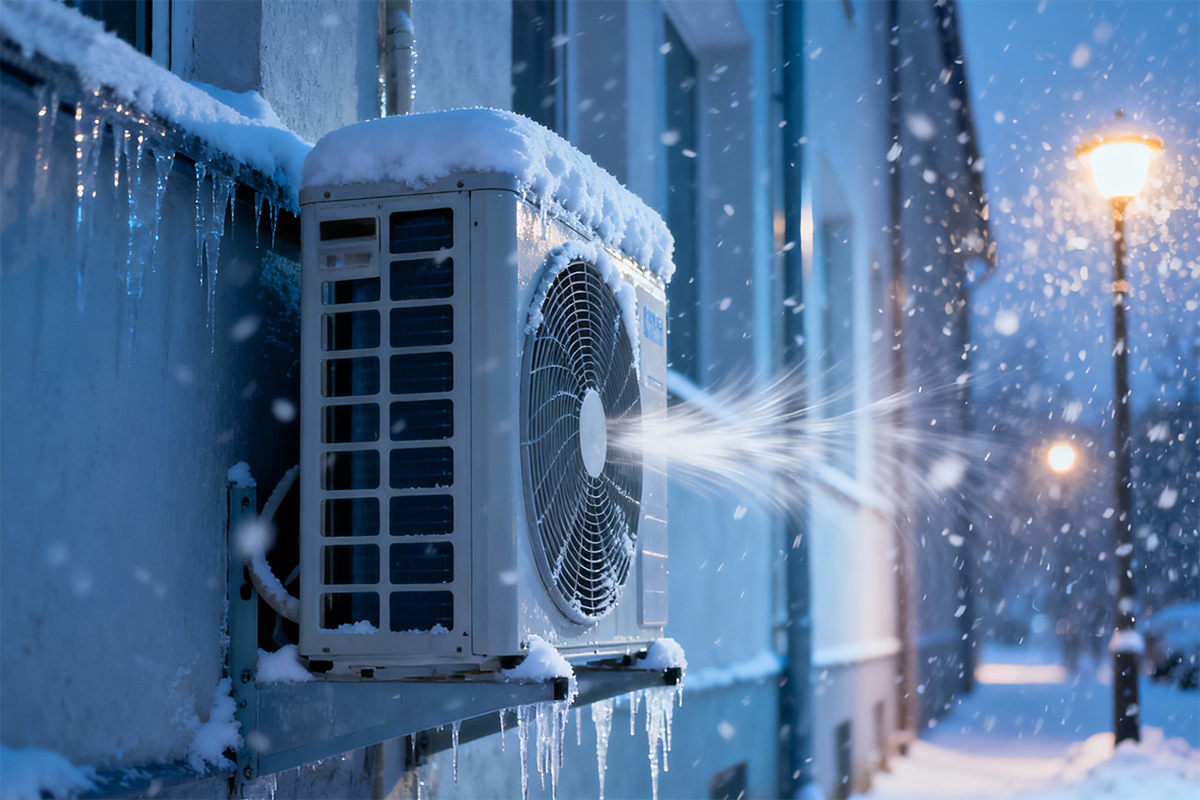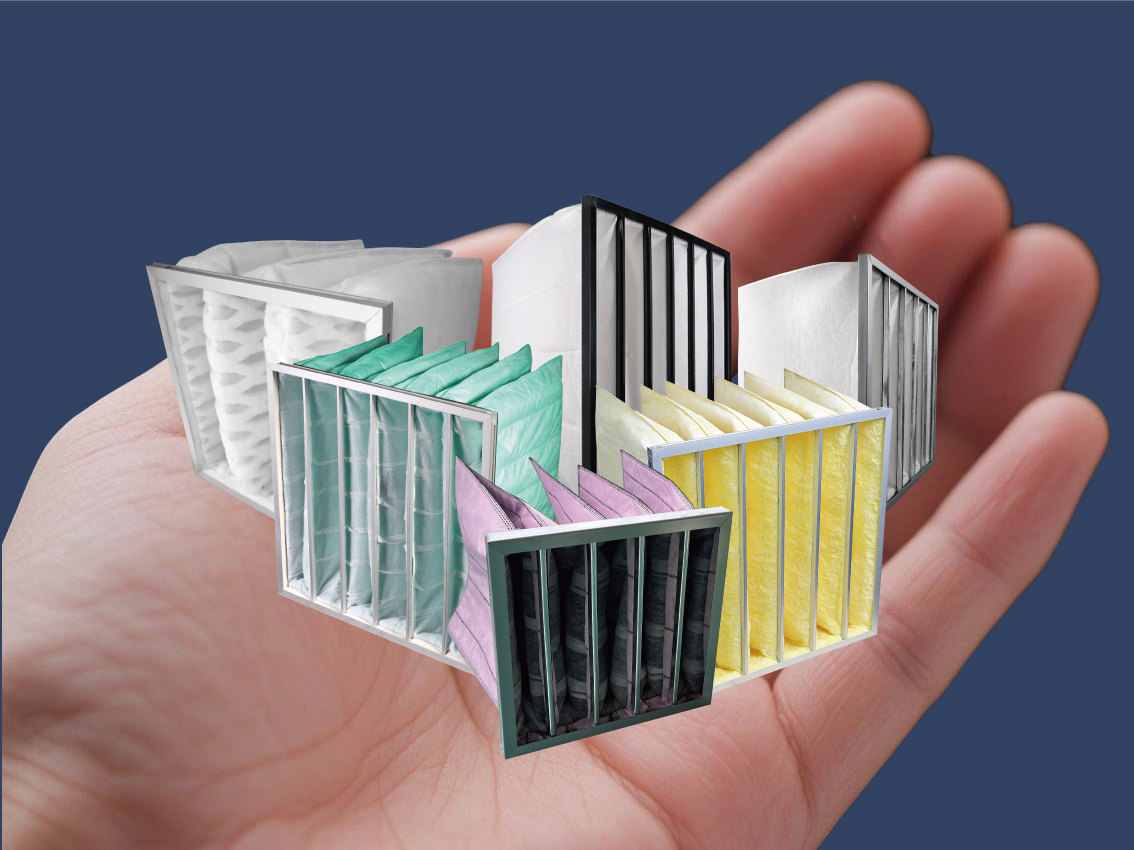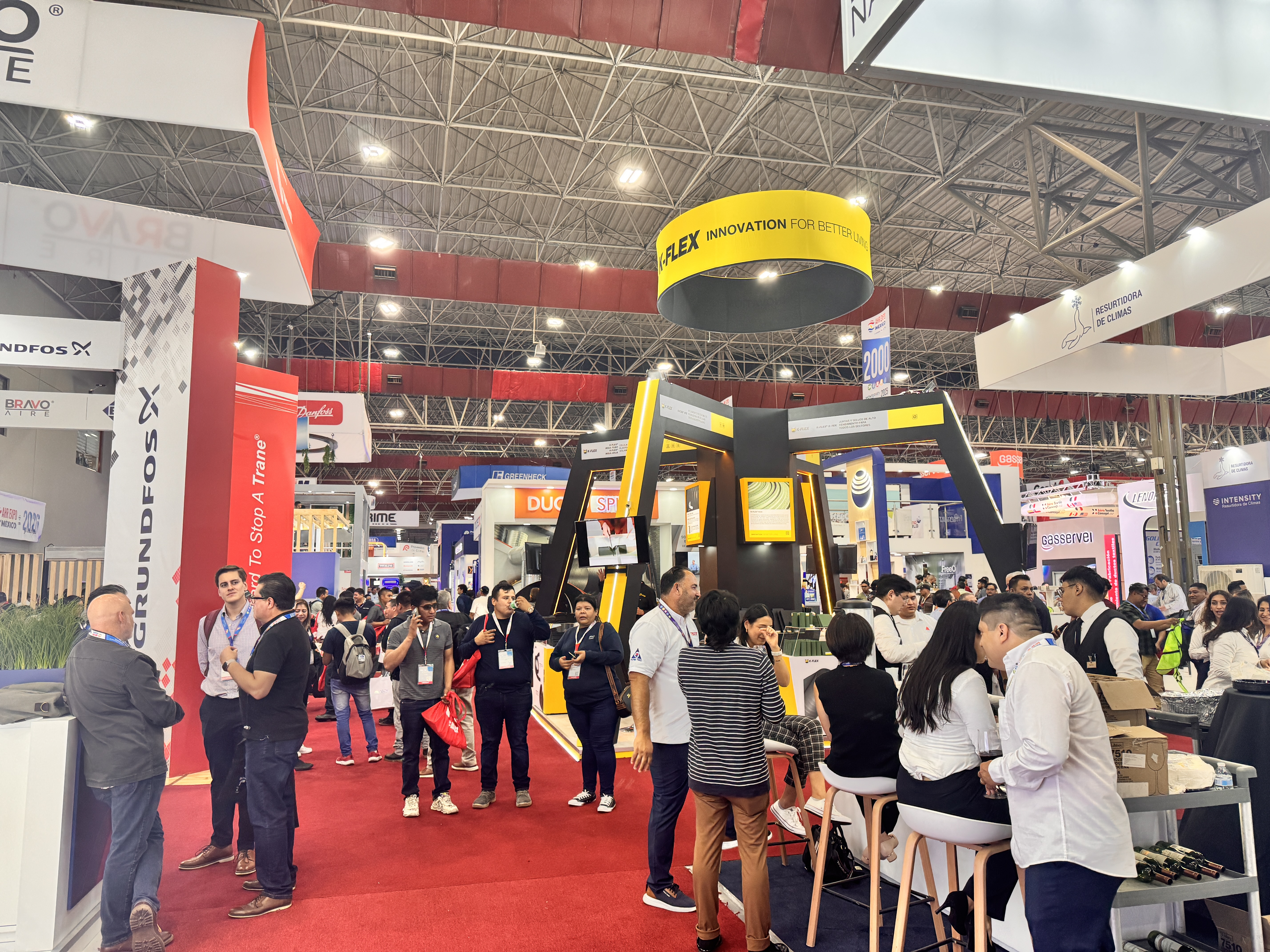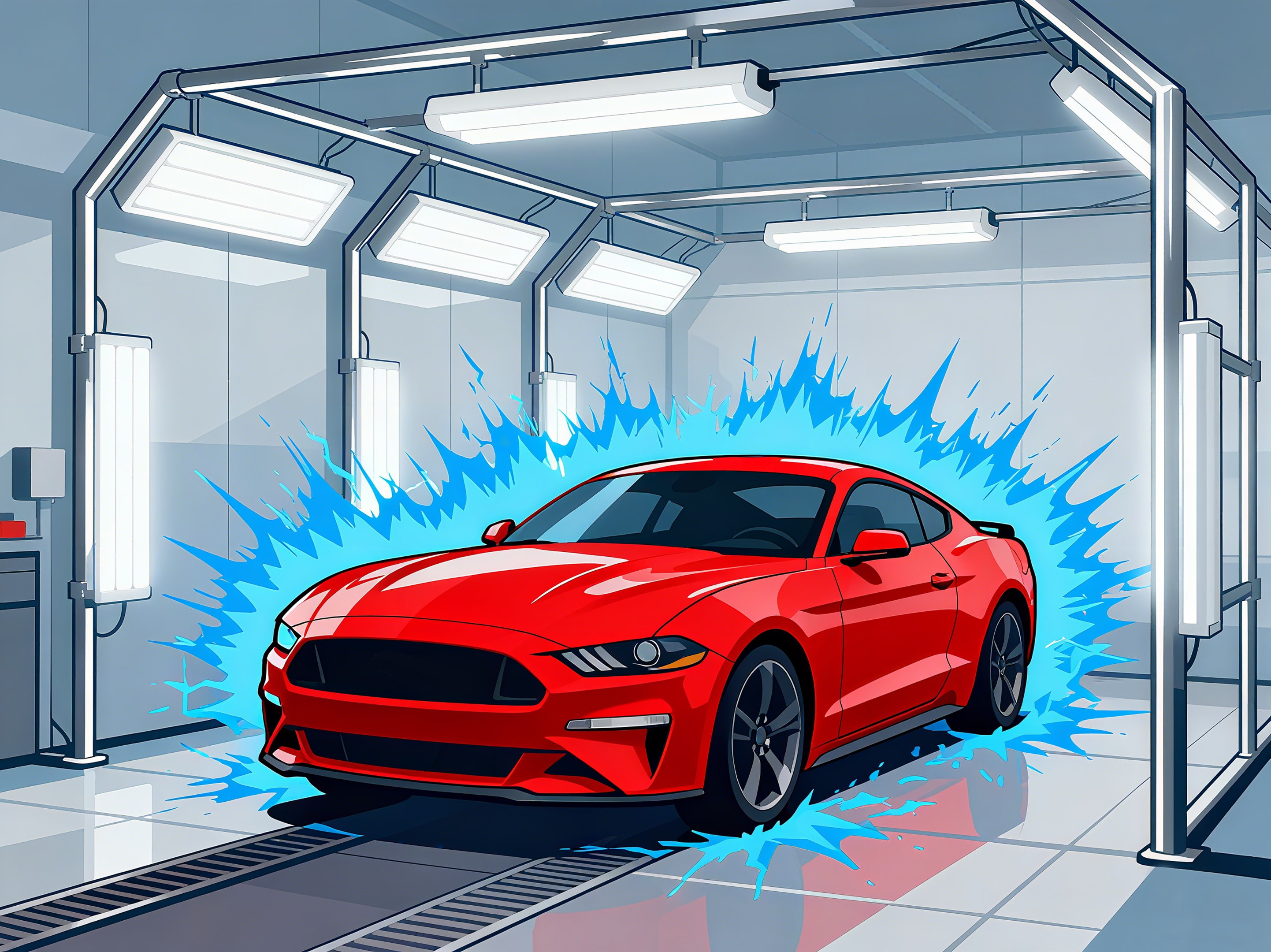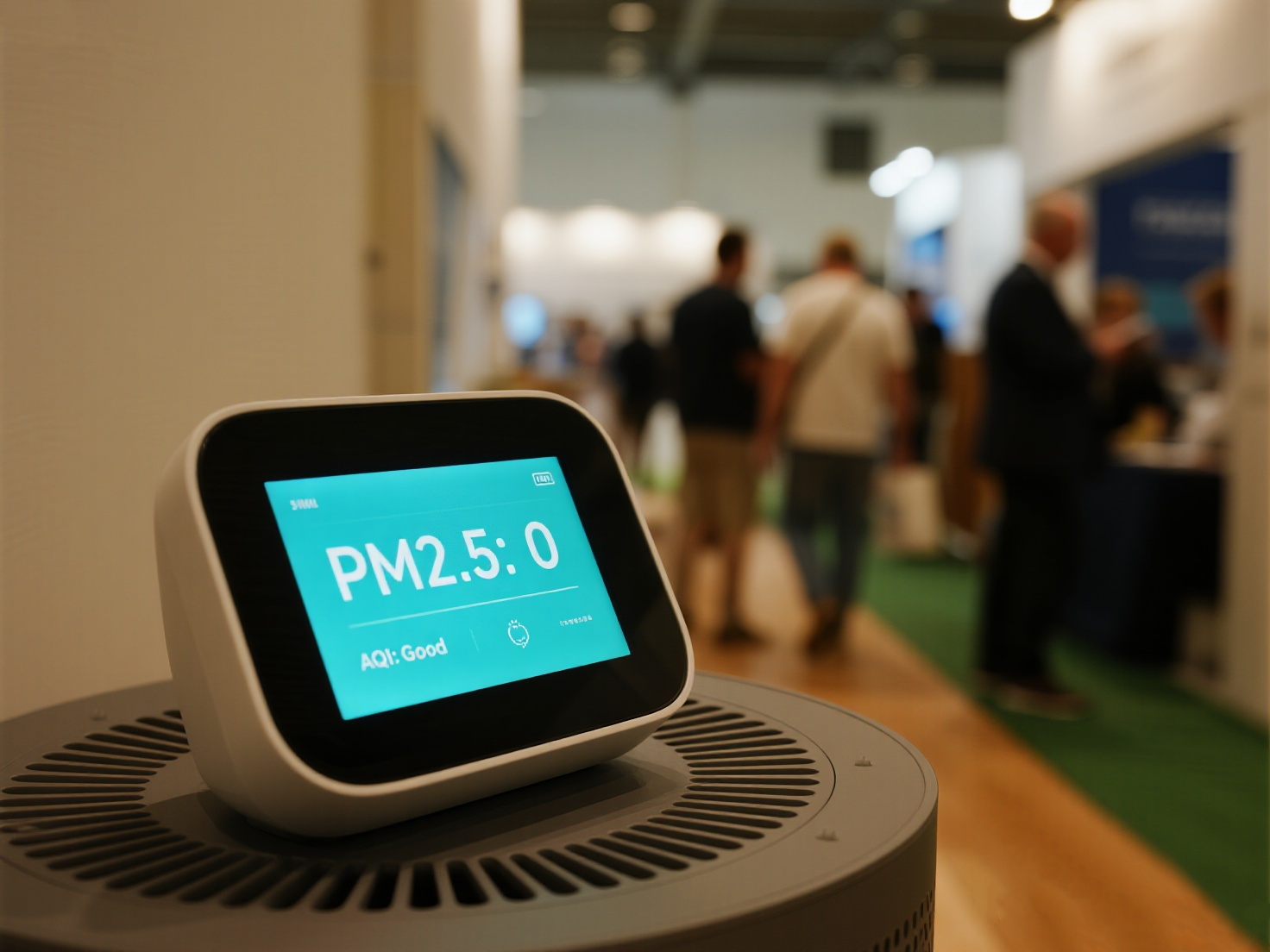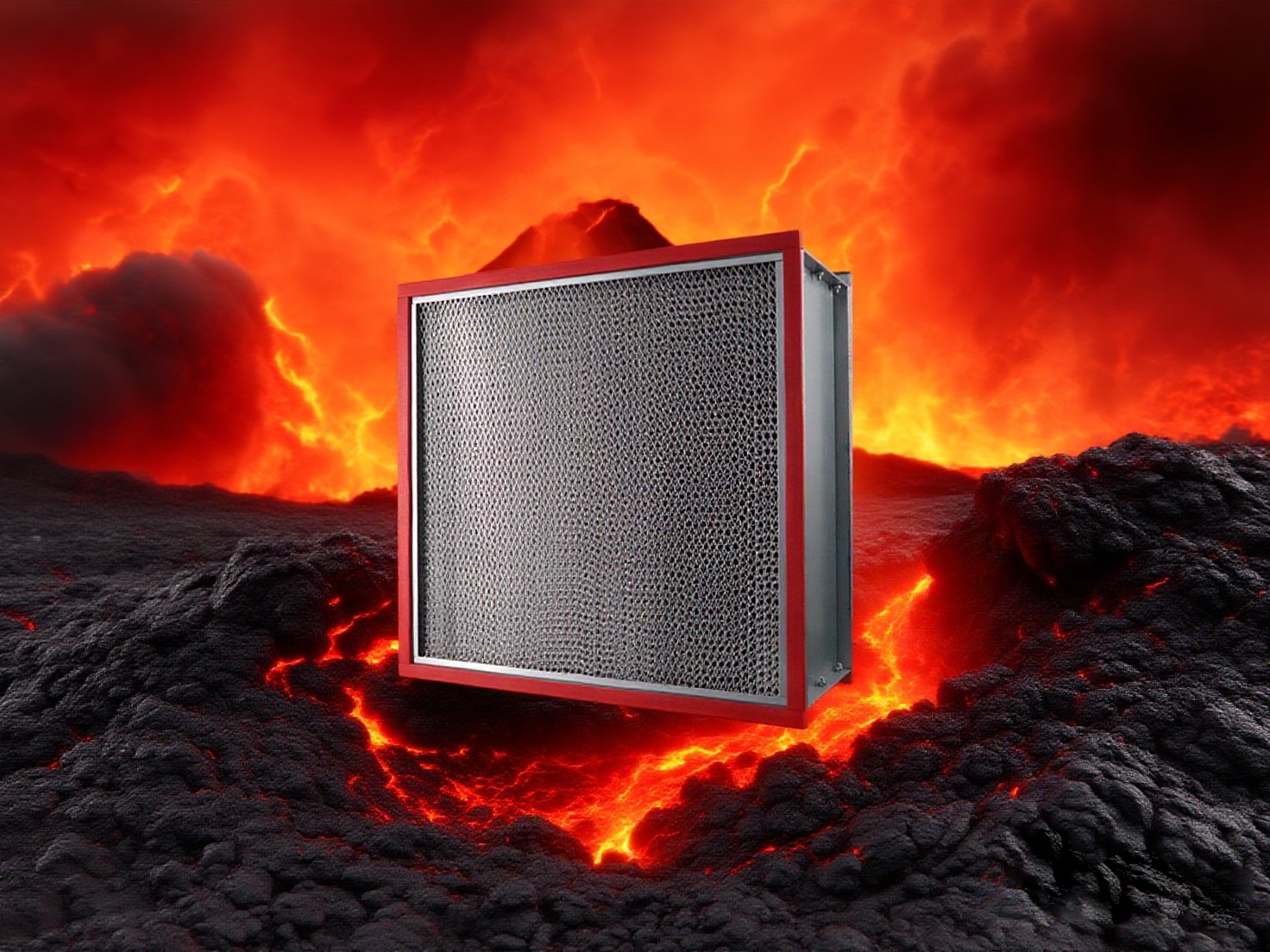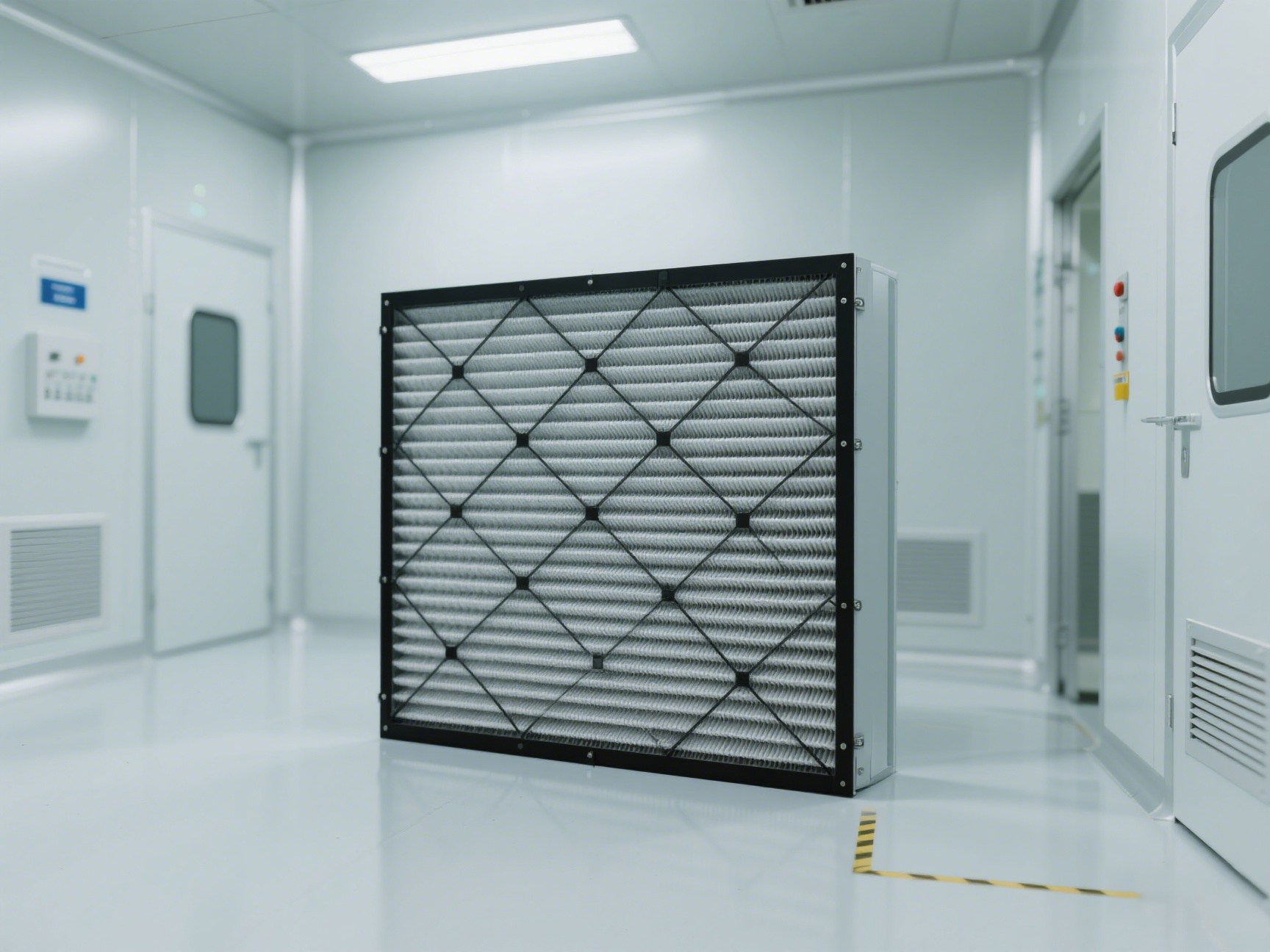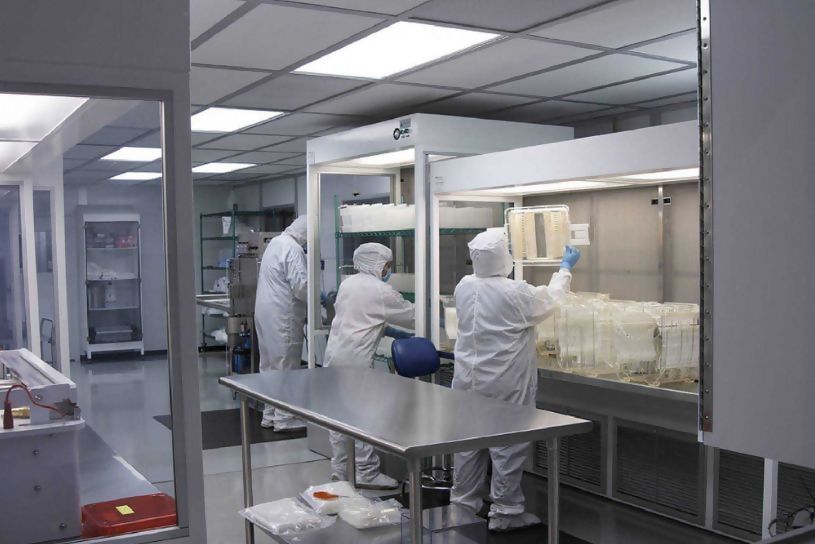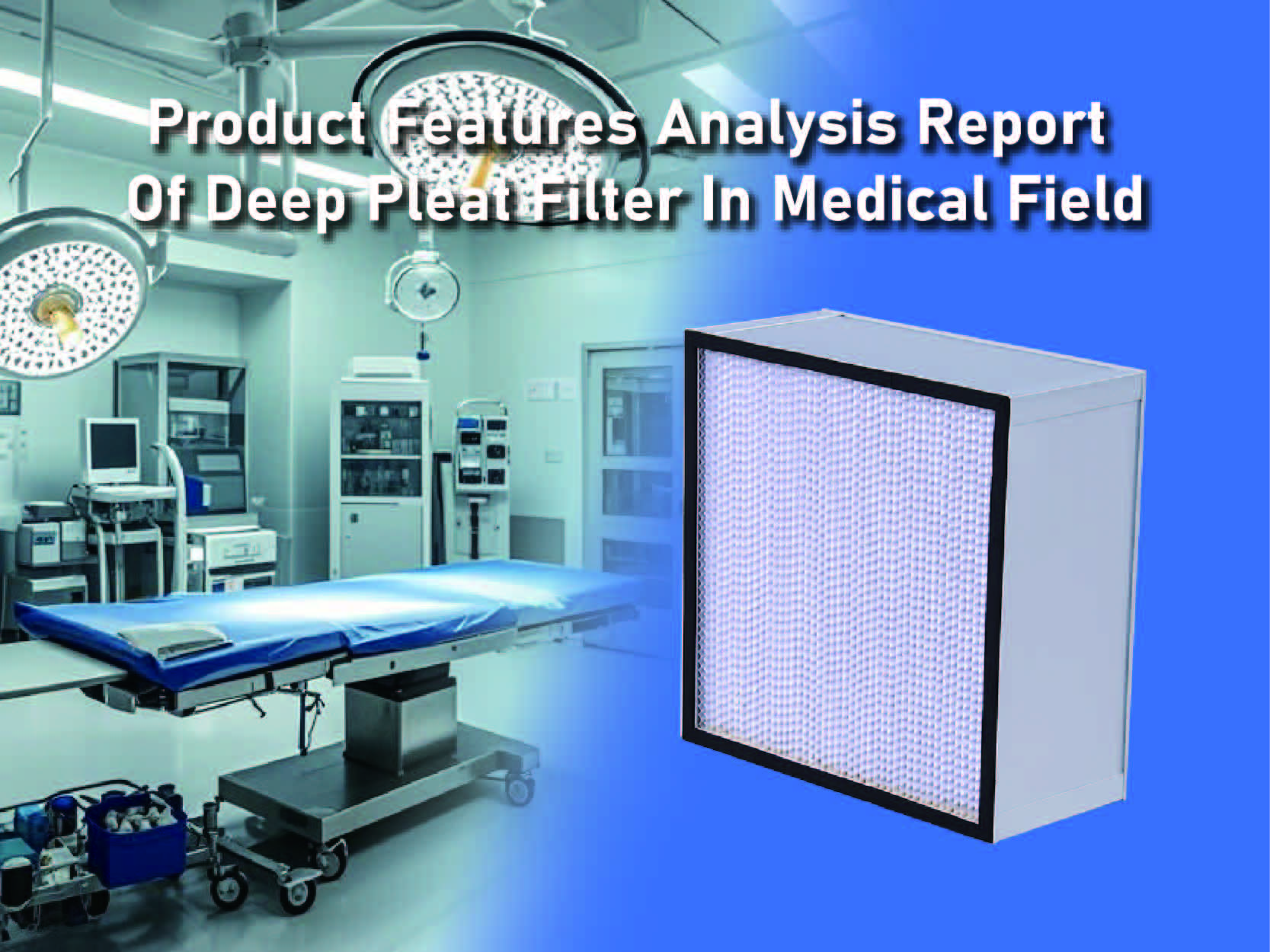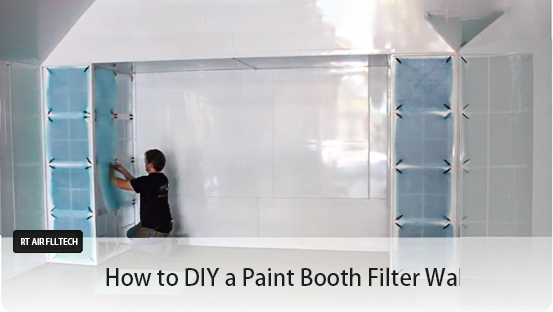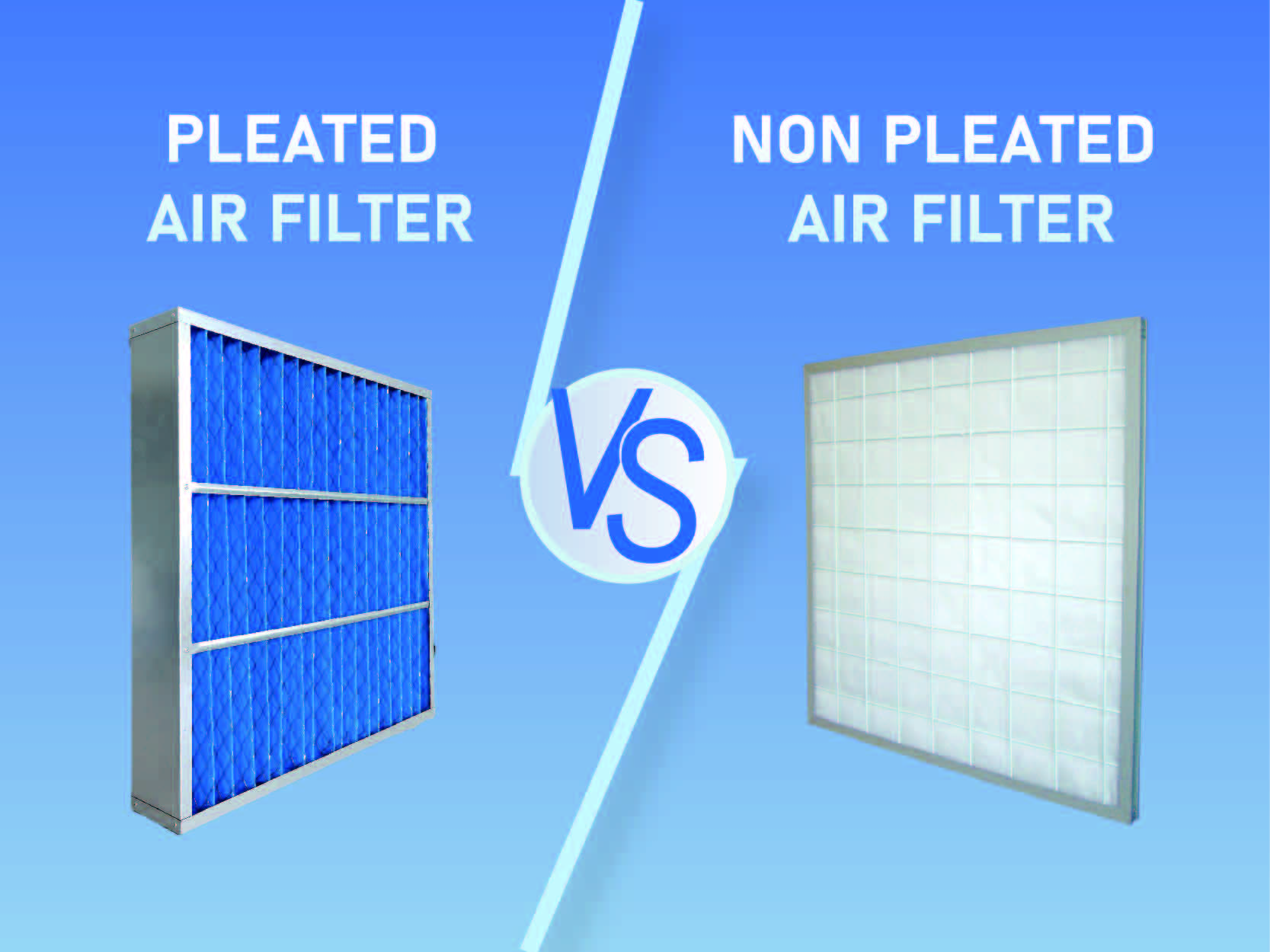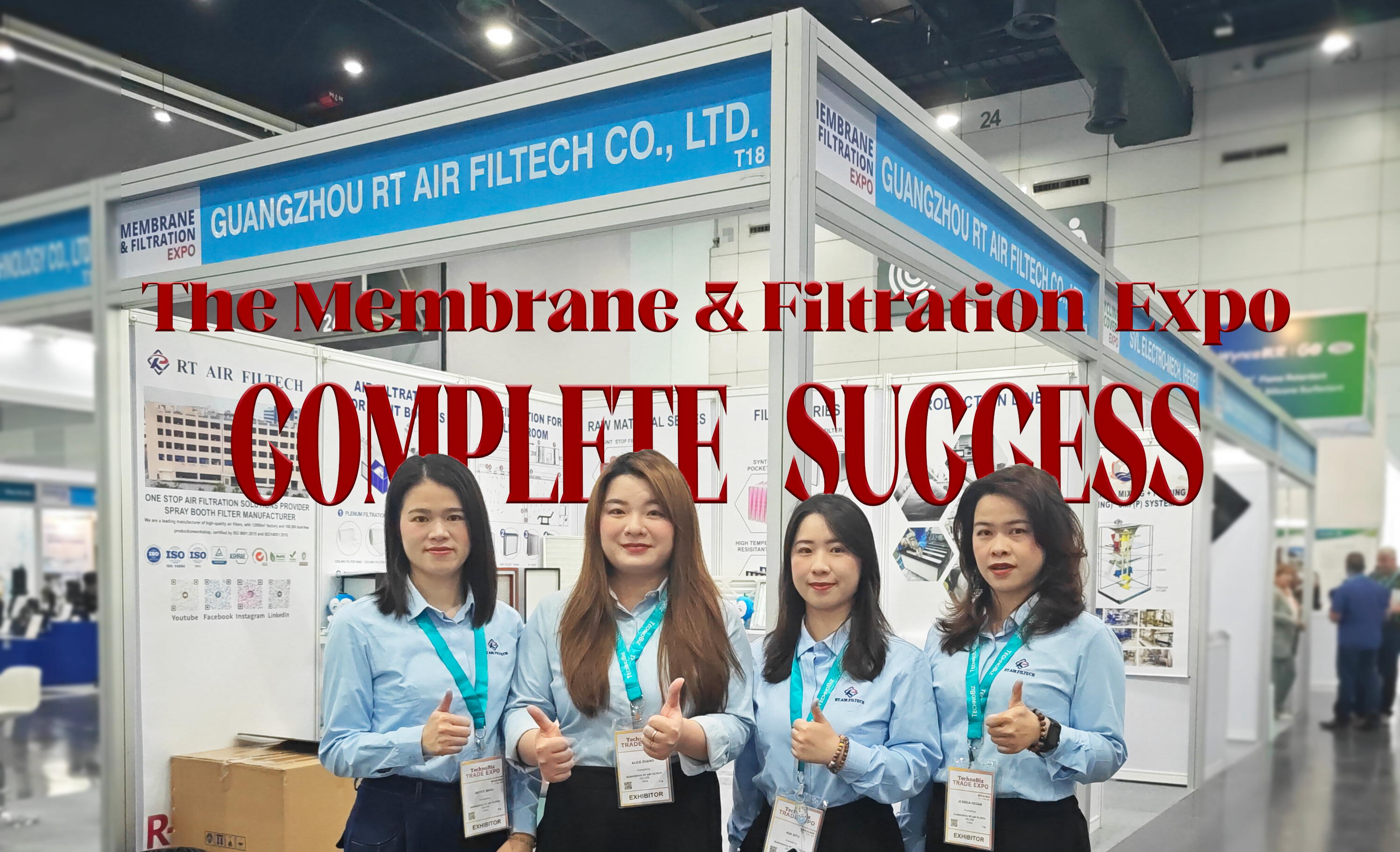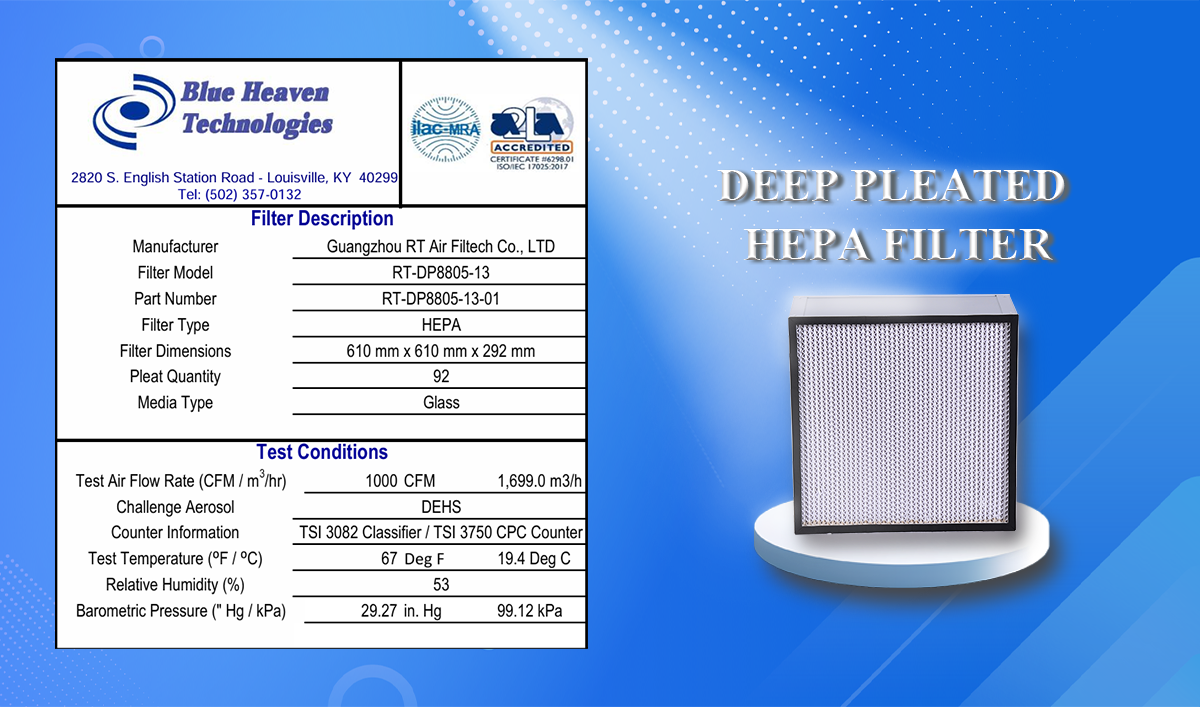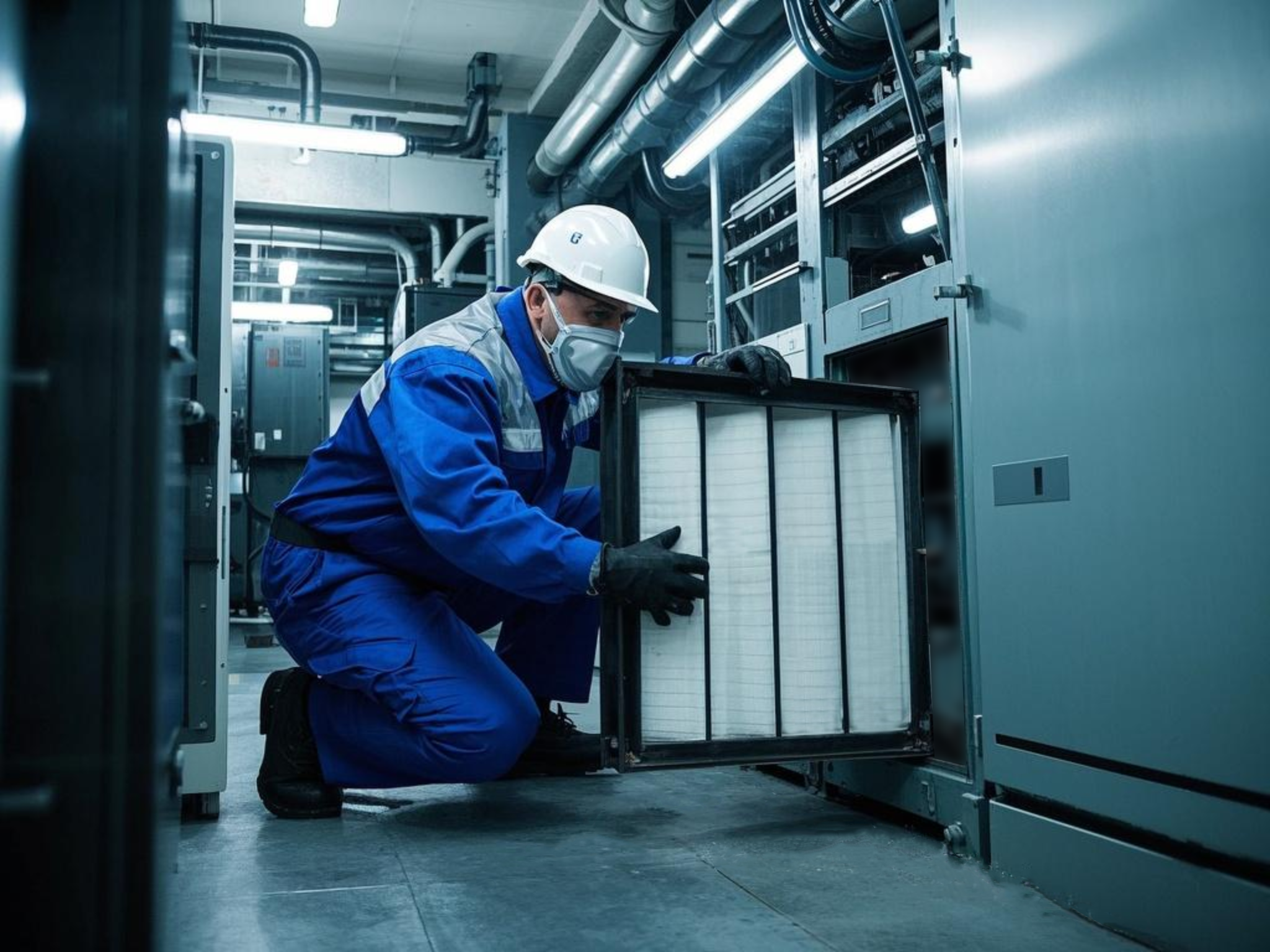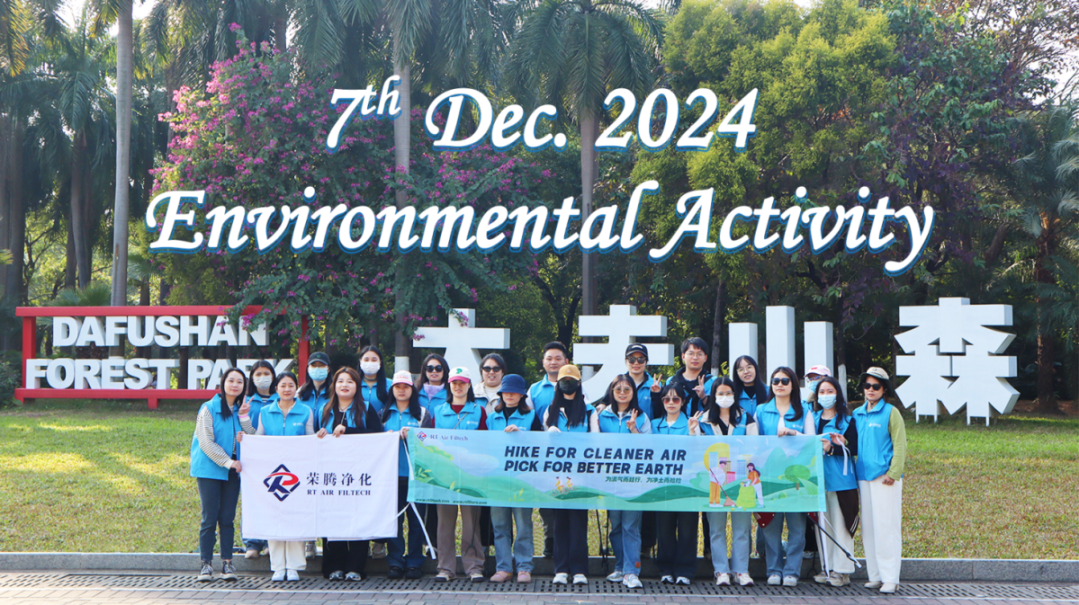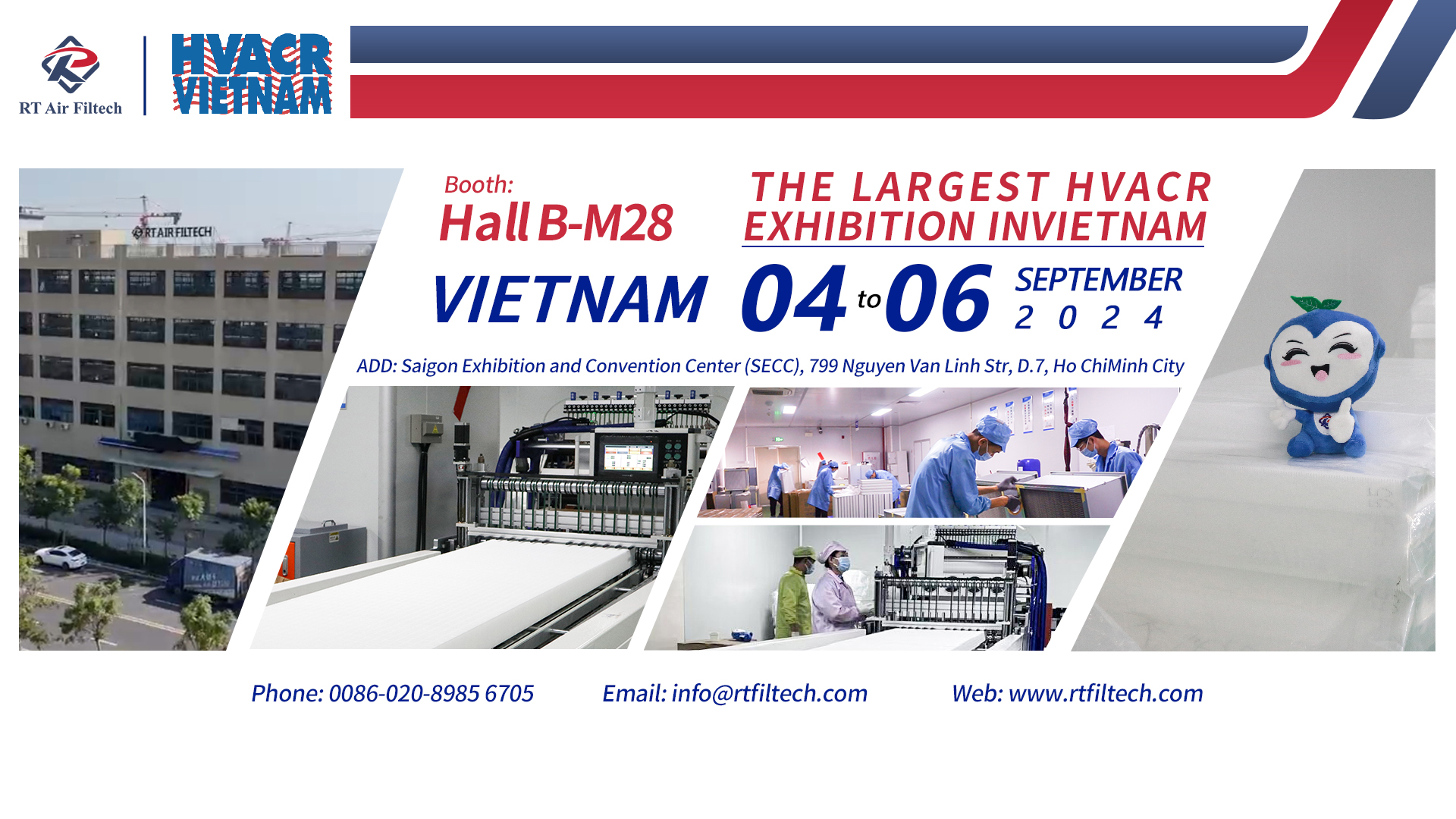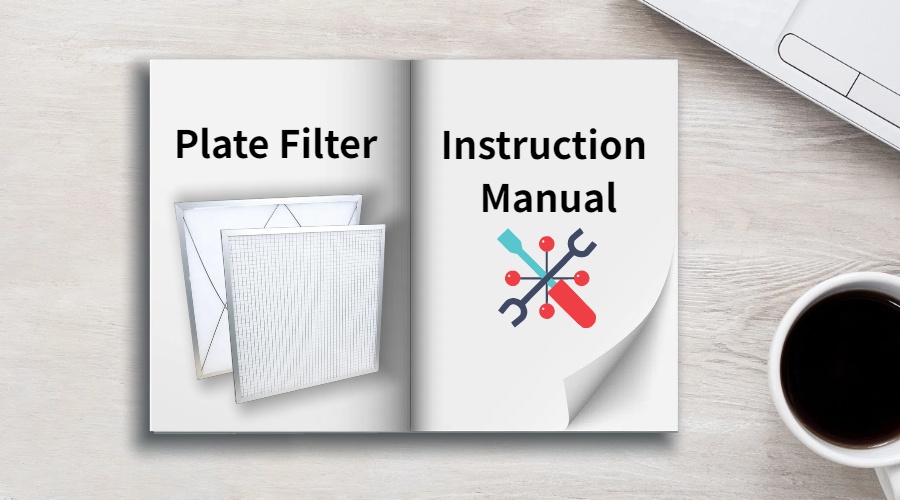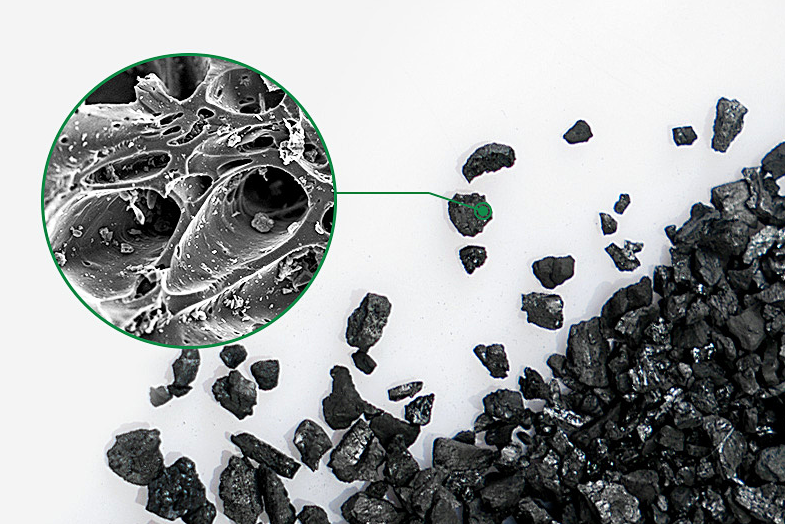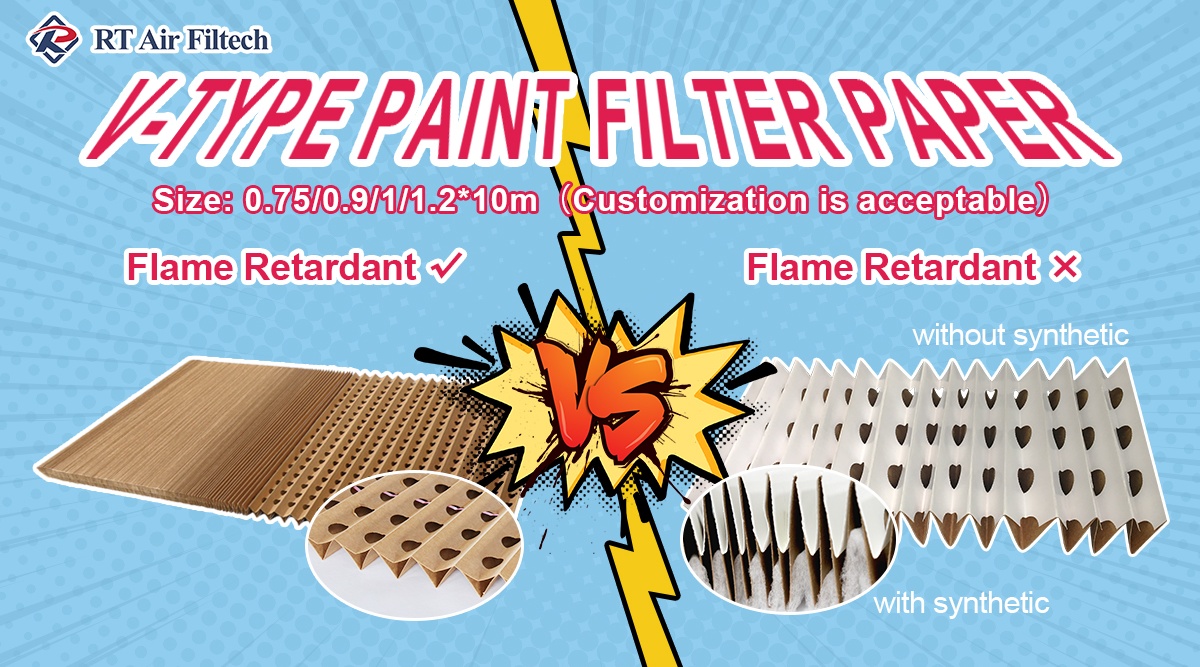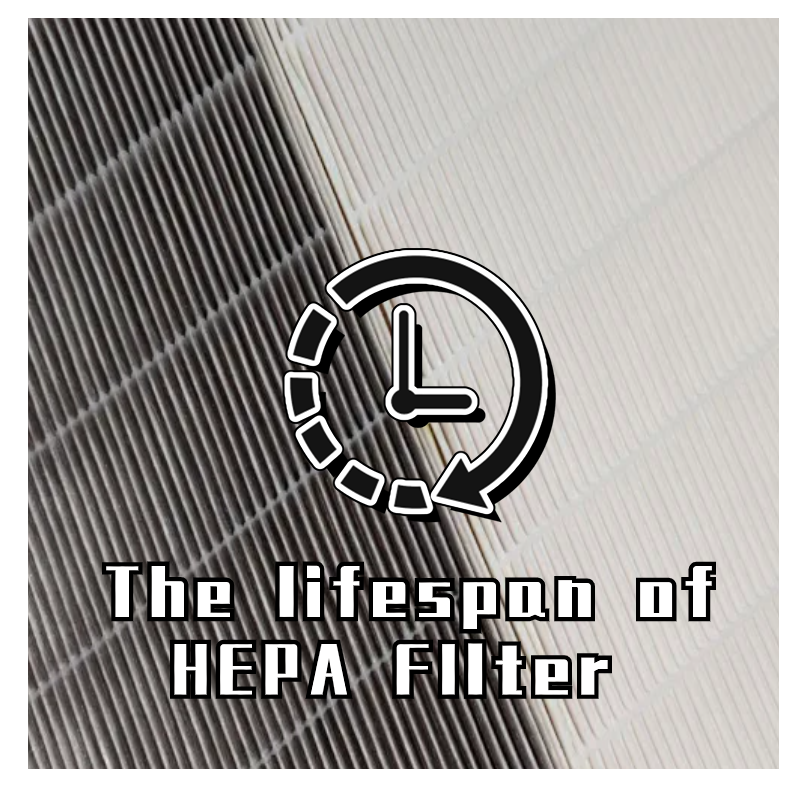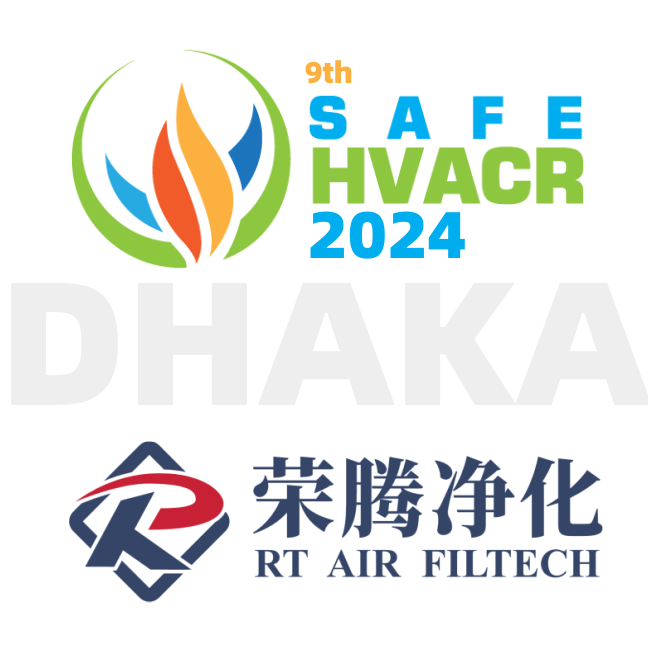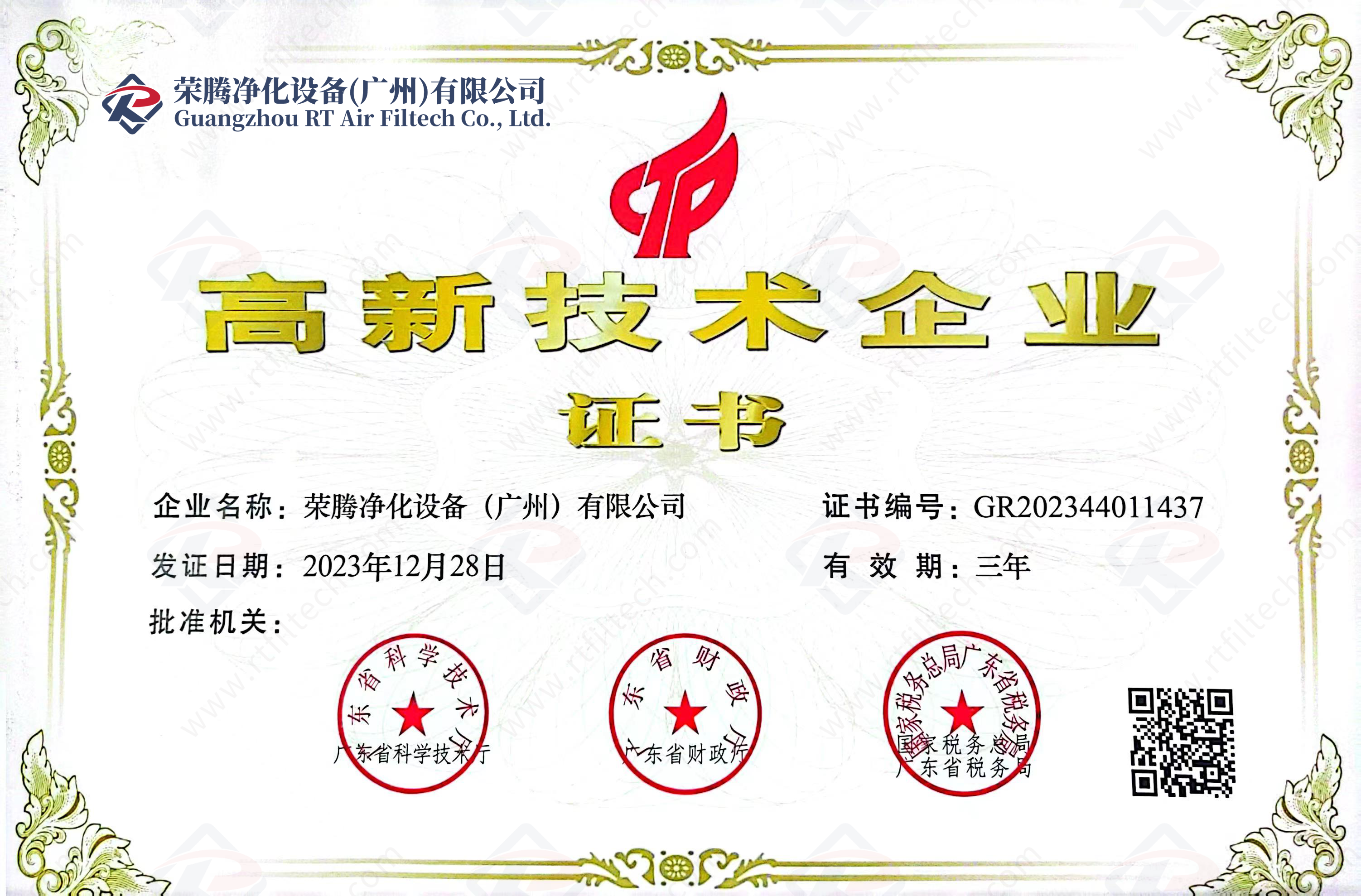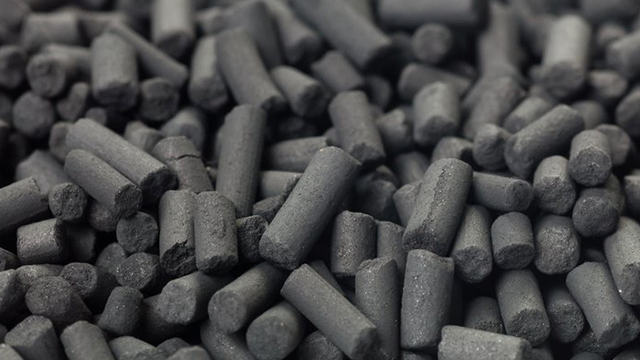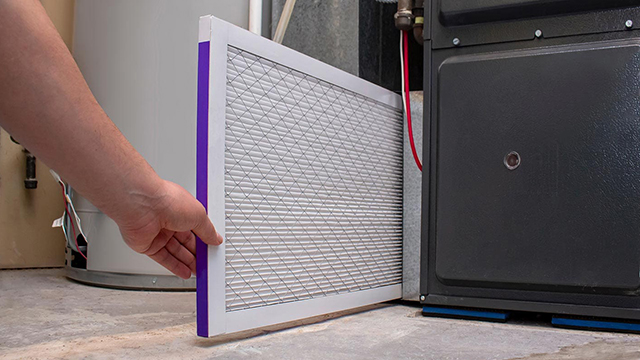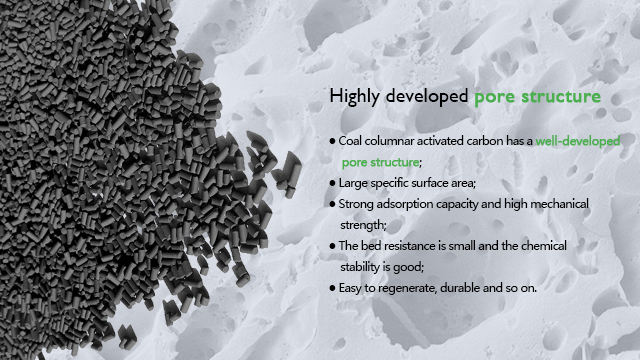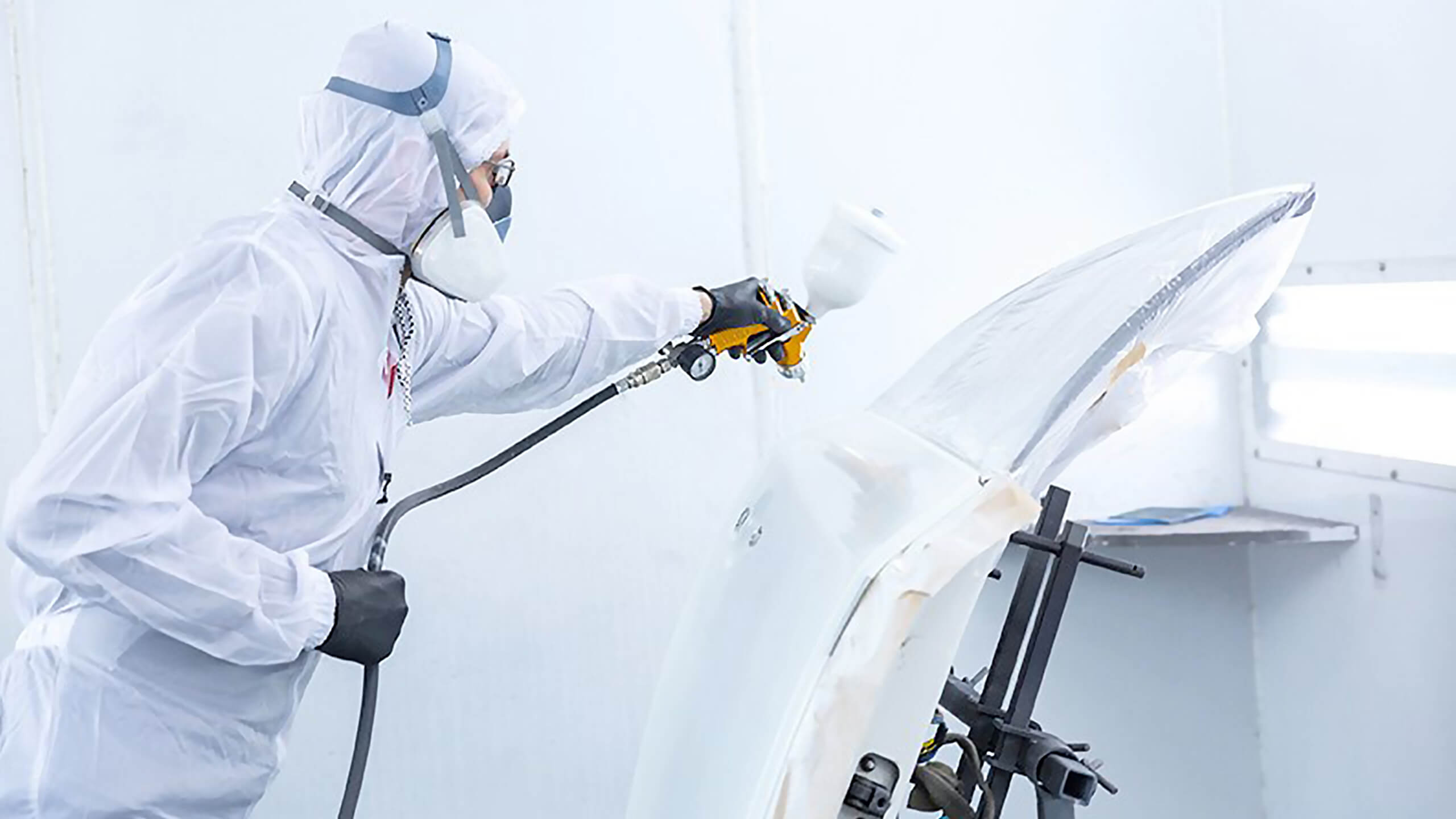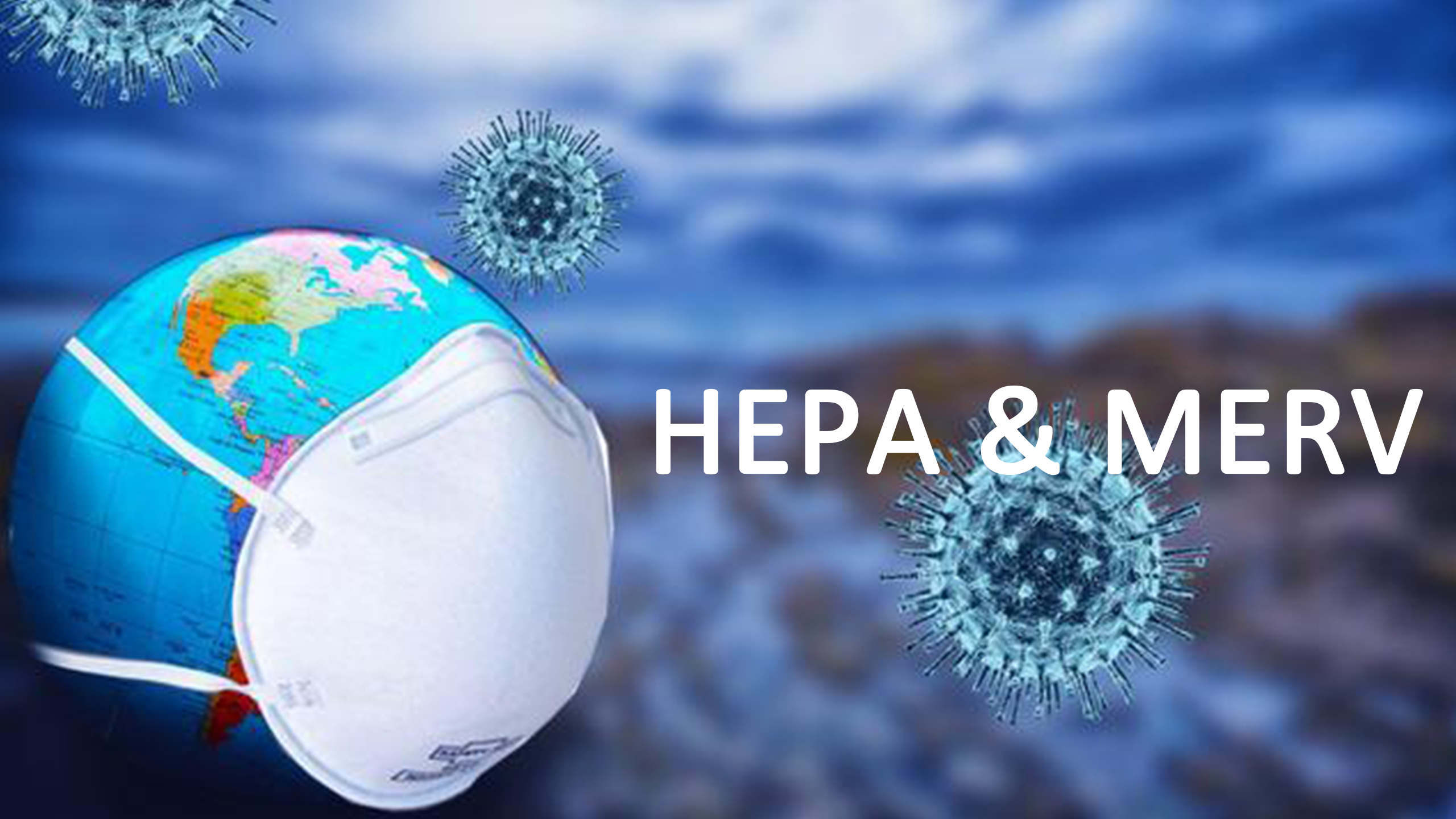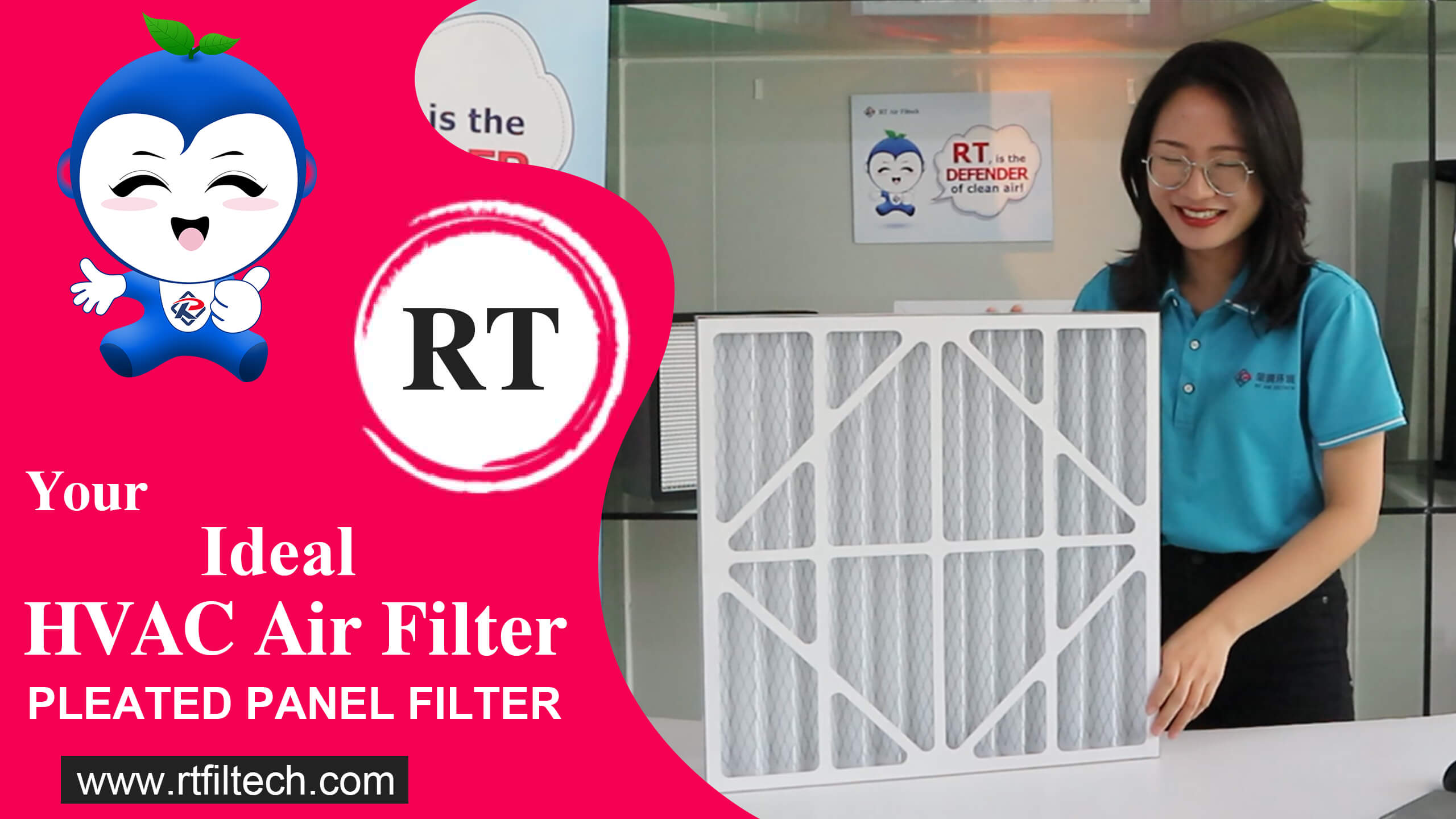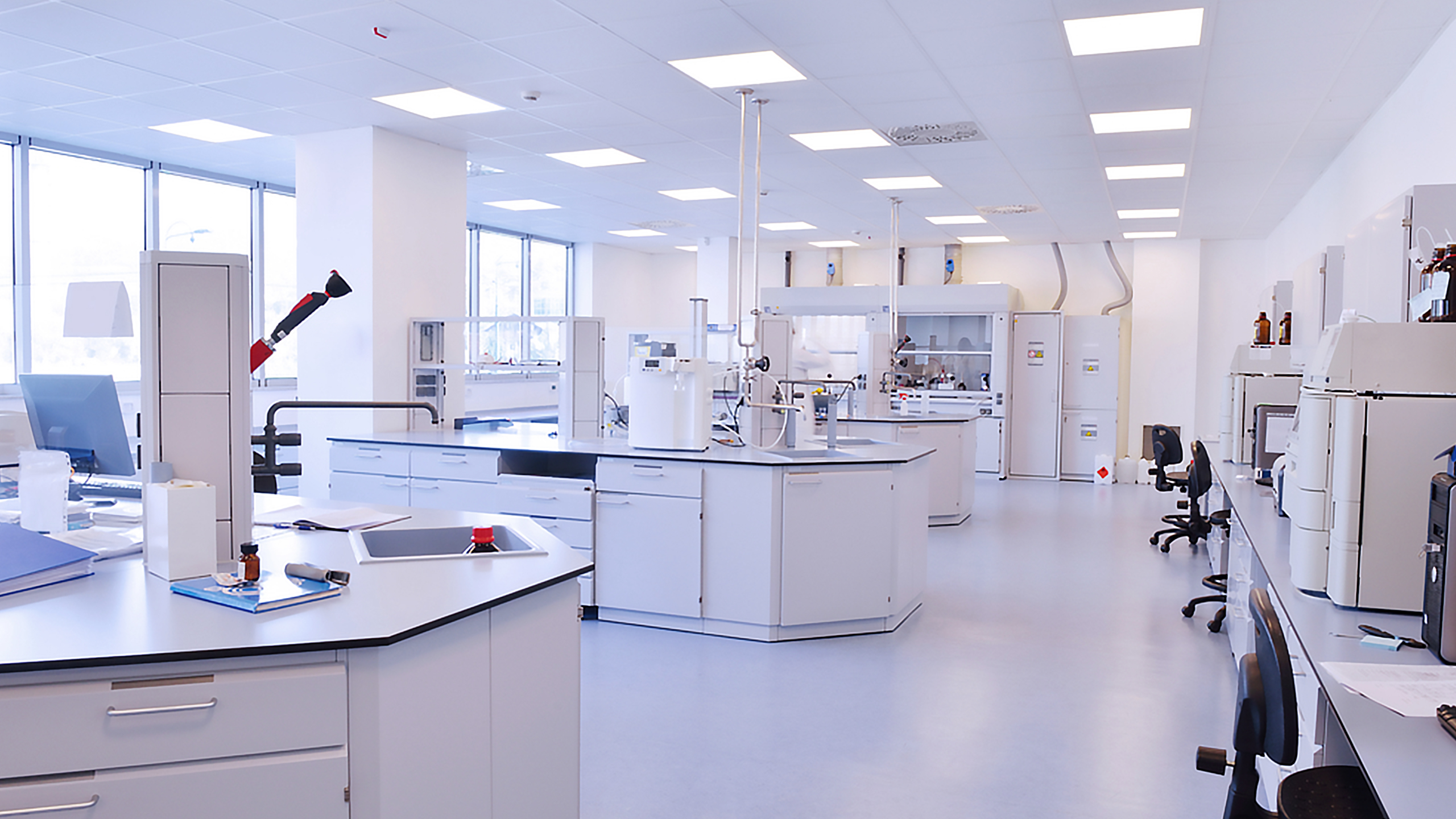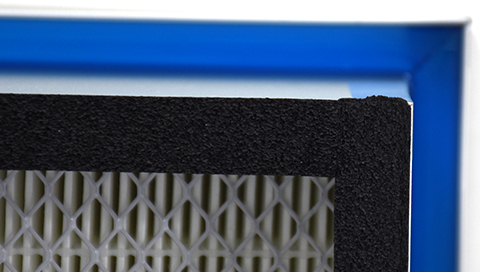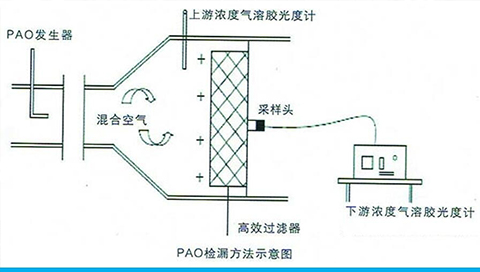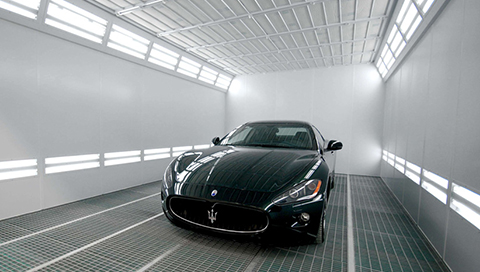November 2021 As winter approaches and temperatures continue to drop in the Northern Hemisphere, researchers suggest that the spread of the new coronavirus could worsen. Most people are seeking better ways to protect themselves from potential sexual transmission of COVID-19.The World Health Organization also warns that airborne transmission over longer distances occurs when small droplets with viruses are suspended in the air. This is why many Air Filter Products on the market have become effective facilities for isolating the spread of viruses in the air in many buildings and businesses.
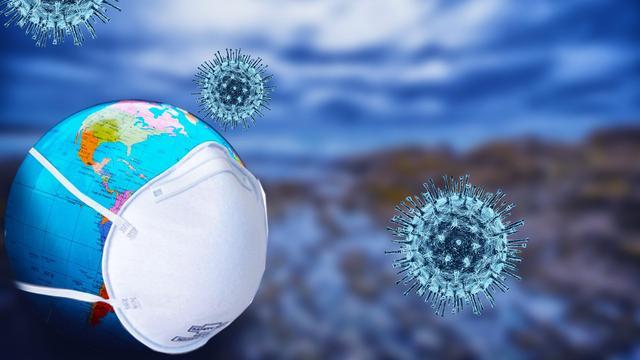 |
Many health and safety organizations state that a major step in reducing the risk of COVID-19 is to upgrade the building's air filters to MERV 13 or higher; or use a higher HEPA rating where possible.
So what are MERV and HEPA?
MERV - Minimum Efficiency Reporting Value
MERV stands for Minimum Efficiency Reporting Value, and all filters have a MERV rating, with many hvac filter manufacturers and distributors offering filters with MERV ratings between 1 and 20.The larger numbers indicate higher filtration efficiency and the ability to capture smaller particles, so the higher the MERV rating of a filter, the fewer dust particles and other contaminants will pass through it.
The following table summarizes the average arrestance and applications of filters along the MERV scale, and the typical particle size for which they are used.
| MERV | Avg. Arrestance | Particle Size Range | Applications |
| 1-4 | 60-80% | >10.0 microns | Residential buildings Light commercial buildings Equipment protection |
| 5-8 | 80-95% | 3.0-10.0microns | Industrial workplaces Typical commercial buildings Better residential buildings Paint booths & finishin |
| 9-12 | >90-98% | 1.0-3.0microns | Superior residential buildings Better industrial workplaces Better commercial buildings Hospital laboratories |
| 13-16 | >95-99% | 0.30-1.0microns | Smoke removal Hospital inpatient care General surgery Superior commercial buildings |
The MERV of the filter was determined by laboratory testing in accordance with ASHRAE Standard 52.2. This test uses an ASHRAE specified aerosol generator and synthetic dust, and measures particle counts upstream and downstream of the filter.The test procedure for the MERV rating uses 6 measurements and 12 particle sizes, resulting in a total of 72 data points.
1、To help prevent coronavirus infections in buildings, RT recommends upgrading the air filters in your HVAC system to at least MERV 13.
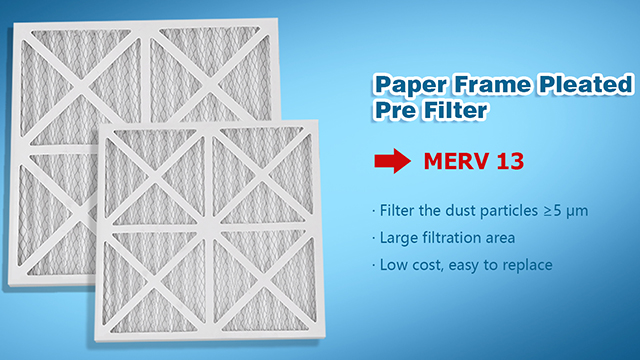 |
2、In residential environments, RT recommends upgrading a typical 1" filter to MERV 13 and a 2" filter to MERV 16. However, you should double check with your HVAC engineer before proceeding.
3、When using UVGI for in-duct air cleaning, RT recommends using at least MERV 8 filtration to supplement the disinfection system.
A filter is only effective when air is moving through. For this reason, RT recommends increasing the operating schedules of ventilation systems, up to 24/7 if possible. More pollutants and germs are captured simply because more air moves through the filter.
HEPA Filters: High Efficiency Particulate Air
When it comes to HVAC air filters, HEPA filters are often considered to be the best. High Efficiency Particulate Air or HEPA has a higher performance than MERV 16.
HEPA stands for High Efficiency Particulate Air. HEPA air filters are made up of thousands of very fine fibers that are arranged in a matte finish to intercept tiny particles and larger particles. The air purifier pushes the air in the room through the filter to remove pollutant particles.By definition, a HEPA filter can capture close to 100% of airborne particles 0.3 microns or smaller. (Remember, there are 10,000 microns in a centimeter and particles of 0.3 microns in diameter are really, really small.)
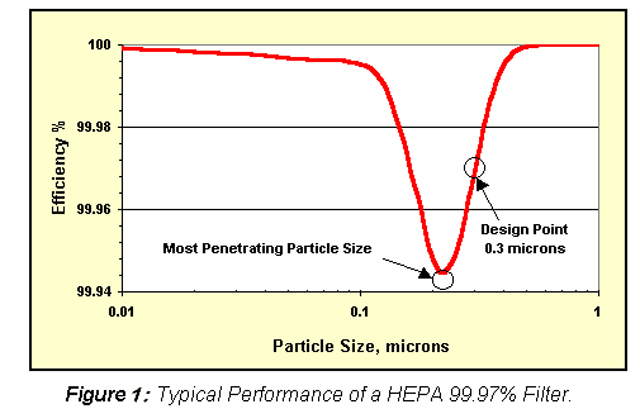 |
Commercial hepa filter is a common component in air purifiers that filter air to clean it - there are other types of air purifiers such as carbon filters, ionizers and even non-filter purifiers.
Given their high efficiency, HEPA filter solutions also widely used in electronics, semiconductor, precision machinery, pharmaceutical, hospital food and other industries to the cleanliness requirements of high civil or industrial clean place end filtration.
Conclusion
Filtration is a mechanical method of air purification, which means it can handle both living and non-living particles.HEPA filters are most effective for residential or commercial use, followed by MERV 13-16 filters. However, the airflow limitations of these filters can cause pressure drops and the capacity of the ventilation system must be considered before using them.
In cases where the ventilation system cannot handle high-efficiency filters, you can use a portable air cleaner while upgrading to the highest possible MERV rating at your current capacity. Or, you can upgrade the ventilation system itself to be suitable for at least MERV 13 filters.
There are many types of hvac air filtration systems, and each building is unique. To improve indoor air quality and prevent COVID-19 infections, the best place to start is with an inspection by an experienced HVAC engineering firm.
